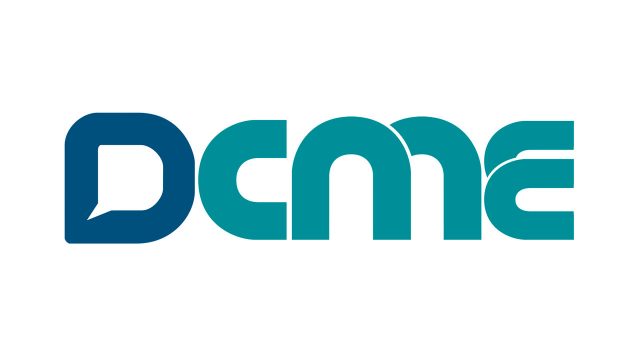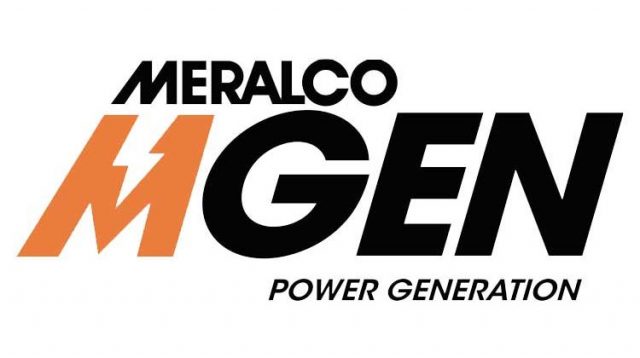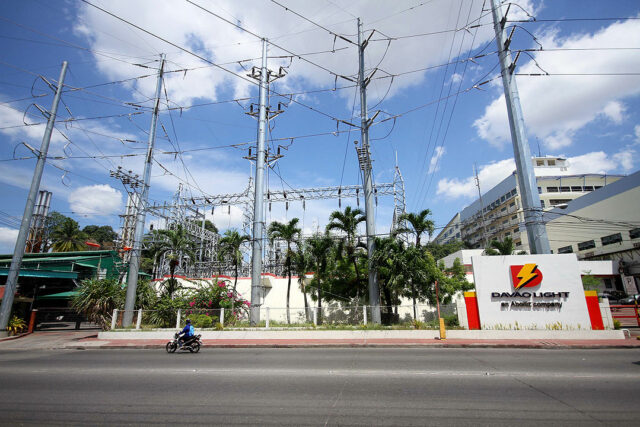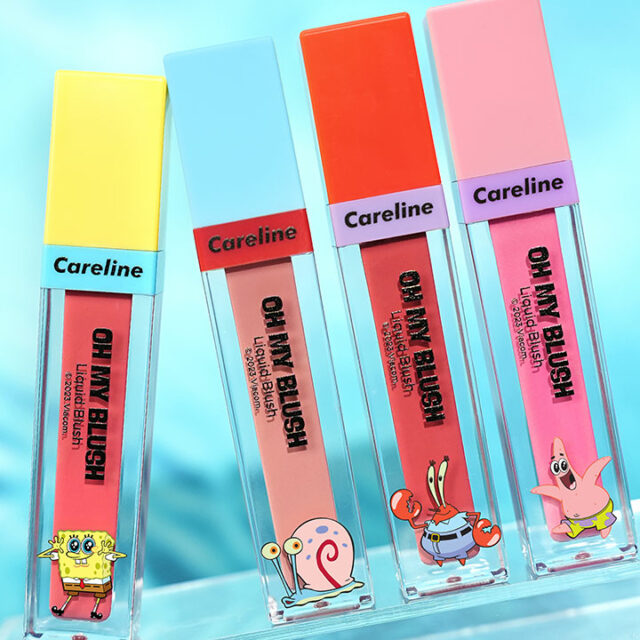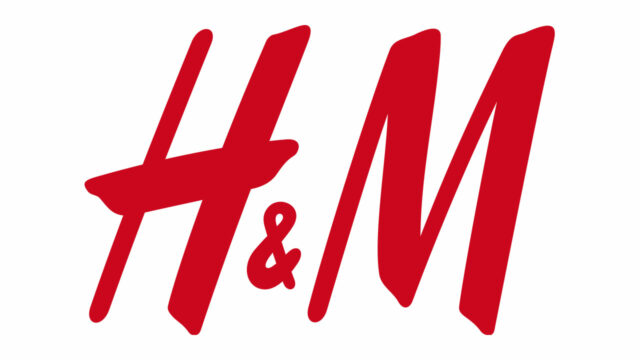The State of the Nation Address (SONA) message of President Ferdinand “Bongbong” Marcos, Jr. on July 24 was very revealing of his style of leadership and perhaps what we can expect from him in the future.
The President’s SONA was very clinical and reportorial — crammed with facts, figures, and lists of programs. It was dramatically different from what we got from former President Rodrigo Duterte who peppered his speeches with cuss words and lambasted his enemies. Former President Duterte could ramble on and on, from promising the death and destruction of drug lords to condemning the depredations of alleged oligarchs.
What came to mind about President Marcos Jr. after the SONA was the American press’ description of the cerebral and unflappable former US President Barack Obama, “No drama, Obama.”
The SONA indeed was chill, not meant to bring offense to anyone. One could say it had a “friends to all and enemy to none” theme. Even on the controversial Military Pension Reform, he assured there would be no ill effects on the military personnel. “We are inclusive in our pursuit of social protection. The pension of the military and the uniformed personnel is as important, as urgent, and as humanitarian as that of all other civilian Filipino employees. Efforts are underway to make it fully functional and financially sustainable. We are once again working closely with Congress to ease the transition from the old system to the new one, to be able to guarantee that no effects are felt by those in the uniformed services.”
Come to think of it, this “friends to all and enemy to none” mindset can be traced as far back as candidate Bongbong Marcos’ campaign. His campaign theme was “Unity.” He refrained from attacking his political opposition, saying a nary bad word about Leni Robredo. You didn’t hear any red tagging from him, as you would have from his vice-presidential teammate. He relied on nostalgia and a recognizable brand name to move his campaign. In Pinoy lingo, he was “chill lang.”
Perhaps, President Marcos Jr. is trying hard to prove what he’s not. While he tries to evoke nostalgia or recycles some of his father’s programs like the Kadiwa stores and Masagana 99, he’s certainly not his father in some ways.
For example, before the election, I heard it said that “he will be a dictator like his father.” The very first thing he would do is declare martial law and jail the opposition, said the critics. Of course, these critics were exaggerating but the consensus, not the confrontational or bullying, style seems more suited to Marcos fil.
I’m wondering, however, whether this friend to all, enemy-to-none strategy can work, especially on difficult issues like food liberalization. We are facing a possible perfect storm of food crises: India has banned exports of non-Basmati rice, driving rice prices higher; Russia has rescinded the grain deal allowing Ukraine to ship out wheat, increasing speculation on wheat prices; and El Niño, or the unusually dry spell phenomenon, which is expected later this year and could negatively affect food production.
For sure, we must import more food. Not just rice, but also corn, which had also increased in price as corn is a substitute for wheat. Increased corn prices will mean higher prices for livestock since corn accounts for as much as 60% of the cost of livestock.
Allowing more food imports to quell possible rising food inflation will be a politically sensitive issue. The protectionist farmer groups will make noise. President Bongbong Marcos is unlike former President Rodrigo Duterte who could not care less when farmer groups protested the Rice Tariffication Law. And unlike former President Duterte, who was the former City Mayor of Davao who had no farmers among his constituents, President Marcos Jr. was a former Ilocos Norte Governor who is aware of the plight of farmers.
Tackling the food issue will test President Marcos Jr.’s political skills. There’s also no way forward in increasing agricultural production but by allowing more land consolidation. It’s fine to talk about farm consolidation through cooperatives but cooperatives don’t work in the Philippines. The only possible solution is to promote bigger and better-managed farms.
Again, this is a politically sensitive issue because the small, marginalized farmer has been romanticized in Philippine political culture. How President Marcos Jr. modernizes Philippine agriculture without being criticized for displacing the poor Filipino farmer will test his political skills. If he does not move toward greater farm consolidation, by ownership or leasing, Philippine agriculture will remain stagnant, and the economy will likely be weighed down by high food prices.
Another example of how President Marcos Jr.’s political skills will be tested is the issue of the flooding of the North Luzon Expressway. The only long-term solution, according to the President himself, is to build a catchment basin in the Candaba area. But this is being opposed by politicians and farmers in the area. Can he craft a win-win solution and get the catchment basin done? Contrast this with former President Duterte who had a damn-the-torpedoes approach to rehabilitating Boracay.
President Marcos Jr.’s slow, consensus style, however, doesn’t mean he’s afraid to make strong political decisions. Charging Negros Oriental Congressman Arnie Teves, the suspected mastermind and ringleader behind the assassination of Negros Governor Roel Degamo, with terrorism is indicative of a strong state determined to squash warlordism and uphold the rule of law.
I also suspect that President Marcos Jr. sometimes takes extra steps not to appear to be like his father, at least when the issue of cronyism is raised. Cronyism is what his critics during the election said he would practice, but the first thing he did when he assumed office was to veto the bill creating the Bulacan Airport Economic Zone.
It was also expected that the Marcos Jr. administration would favor the unsolicited proposal of the Manila International Airport Consortium (MIAC), which consisted of the country’s big business groups in rehabilitating the Ninoy Aquino International Airport (NAIA). The MIAC had a tempting offer of P267 billion at a concession period of 25 years. Many of the members of the MIAC were also members of the Presidential Advisory Council, so it was assumed that the unsolicited proposal was a slam dunk.
However, lo and behold, the government said it would go for a solicited proposal for 15 years, but extendible for another 10 years. It was a good signal since a solicited proposal would mean it would have to go through competitive bidding.
In appointing the new Governor of the Central Bank, President Marcos Jr. didn’t choose a politically connected banker, but instead selected an internationally recognized central banking expert, Eli Remolona. Eli spent 19 years at the Bank of International Settlements and 14 years at the Federal Reserve Bank of New York. He has a Ph.D. in economics from Stanford University. He probably doesn’t even know President Marcos Jr. personally.
I sometimes yearn for the drama associated with Duterte, his cuss words notwithstanding. There were no boring days during Duterte’s presidency and you either loved him or hated him. (I once described him as the “finger in the ass of the oligarchy.”) On the other hand, President Bongbong Marcos is indicating that he’s bringing a new style to the presidency: less drama, more technocracy, more good vibes. However, the country faces major headwinds: economic growth is decelerating, food inflation shows no sign of abating, and geopolitical tensions are rising. Can President Marcos Jr. do much-needed structural reforms and remain chill? Let’s see.
Calixto V. Chikiamco is a board director of the Institute for Development and Econometric Analysis.
idea.introspectiv@gmail.com
www.idea.org.ph

